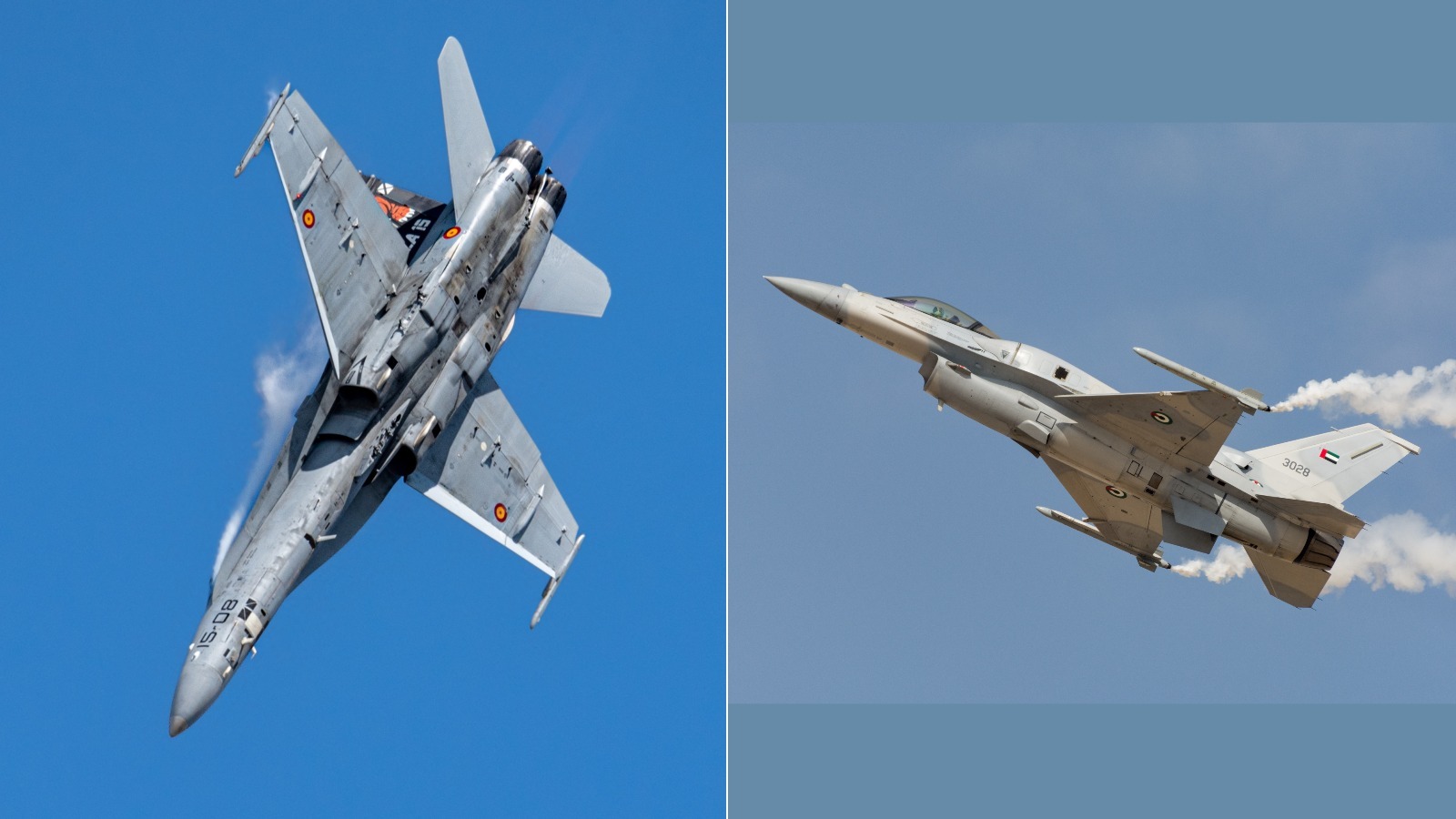
Similar to the F-16, the F/A-18 serves as a versatile multi-role fighter capable of numerous tasks. The F/A-18B model is predominantly utilized for training purposes, enabling pilots to familiarize themselves with jet operations. Meanwhile, the F/A-18A, C, and D models are combat-centric, adept at handling air-to-ground attacks, providing close air support, suppressing enemy air defenses, and striking naval and maritime targets.
These jets are also deployed for air superiority missions, functioning as fighter escorts, and providing fleet air defense to protect the Carrier Strike Group. Additional missions for the F/A-18 include acting as airborne forward air controllers and conducting reconnaissance tasks. It is also the Navy’s go-to aircraft for aerial refueling via buddy stores, which allows other Navy aircraft to take off with heavier loads of weapons and then refuel mid-air to extend their mission range.
Notably, there is the EA-18G Growler, essentially a modified F/A-18F Super Hornet designed to execute extensive electronic warfare, jamming enemy radar systems. This capability ensures that adversaries are unable to detect incoming U.S. aircraft, thus increasing the likelihood of mission success for American pilots.
The F/A-18 Hornet and Super Hornet were favored by the Navy due to features like their twin-engine setup and smaller intakes that reduce the risk of ingesting inattentive deck crew members. Consequently, the Navy passed over the F-16 (including its carrier-optimized versions). Despite efforts to standardize fighter jets with the F-35 program, the diverse requirements of the Air Force, Navy, and Marine Corps make it challenging to design a single aircraft that suits all needs. This is why the F-35 Lightning II variants differ significantly from one another.




